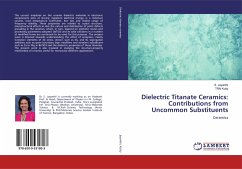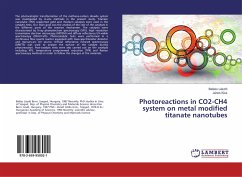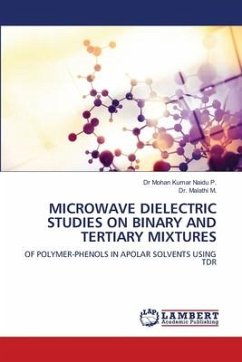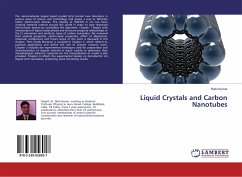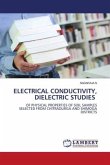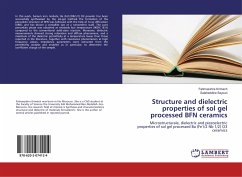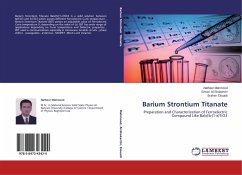The current emphasis on the ceramic dielectric materials in electronic components aims at storing maximum electrical energy in a minimum volume, least temperature coefficient, low loss and widest range of frequency stability. These properties are related to crystal structure, microstructural effects as also the nature and distribution of point defects prevailing in the ceramics, which, in turn, depend on synthetic routes and processing parameters adopted. BaTiO3 and its solid solutions in a number of modified forms are continued to be used for this purpose. The present work is directed towards understanding the effect of acceptors, mostly transition elements of 3d series, donors such as Sb, and Bi, segregative additives such as grain boundary layer modifiers and isovalent substituent such as Ca or Mg in BaTiO3 and the dielectric properties of these titanates. The present work is also involved in studying the structure-property relationship of ceramics useful for microwave dielectric applications.
Bitte wählen Sie Ihr Anliegen aus.
Rechnungen
Retourenschein anfordern
Bestellstatus
Storno

